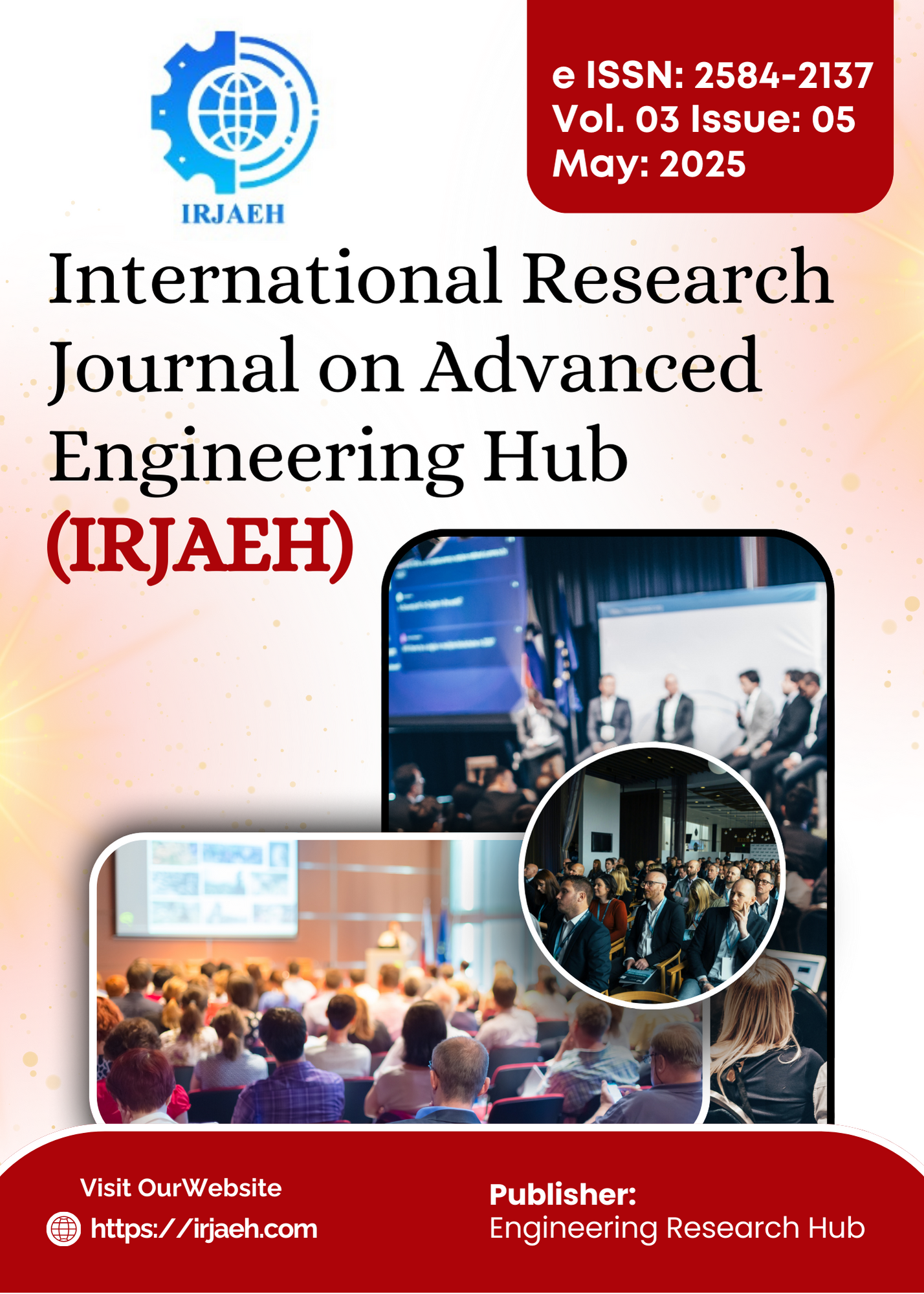Anomaly Detection in Handwritten Digits: A GAN Based Approach
DOI:
https://doi.org/10.47392/IRJAEH.2025.0323Keywords:
Anomaly Detection, GAN Evaluation, GAN Training, MNIST Dataset, Machine LearningAbstract
Anomaly detection is a critical task in machine learning with applications across various domains, particularly in handwritten digit recognition where accurate identification of unusual patterns is essential. This research explores the application of Generative Adversarial Networks (GANs) for detecting anomalies in handwritten digits, utilizing the MNIST dataset. GANs operate through two core components: a generator that creates synthetic digit images and a discriminator that differentiates between authentic and generated samples. By training the generator exclusively on normal digit images, it captures the distribution of typical data. Variations from this established distribution are then identified as anomalies. The proposed framework incorporates preprocessing steps, GAN model training, and an anomaly detection mechanism grounded in reconstruction loss and discriminator responses. Experimental results reveal that this GAN-based strategy effectively spots outlier digits, demonstrating strong performance in identifying deviations from standard patterns. The results underline GANs' ability to represent intricate data distributions and detect nuanced anomalies without needing labeled examples of anomalies. This study presents a concrete application of GANs in anomaly detection, enhancing the understanding of deep generative models in unsupervised settings. It also discusses critical considerations such as model architecture, training robustness, and performance metrics tailored for anomaly detection tasks. In summary, this work highlights the efficacy of GANs in recognizing anomalies within image datasets and suggests their broader applicability to domains that demand scalable and precise anomaly detection solutions.
Downloads
Downloads
Published
Issue
Section
License
Copyright (c) 2025 International Research Journal on Advanced Engineering Hub (IRJAEH)

This work is licensed under a Creative Commons Attribution-NonCommercial 4.0 International License.

 .
. 